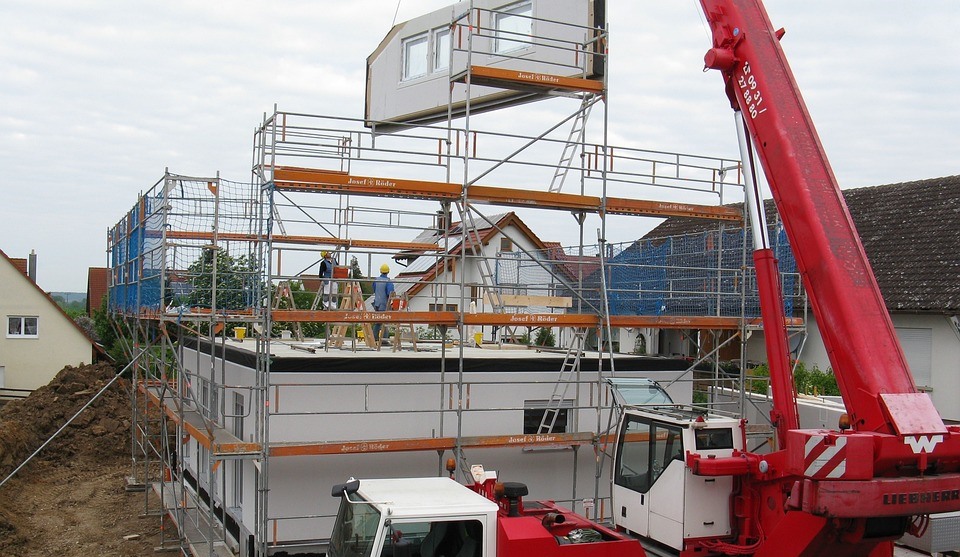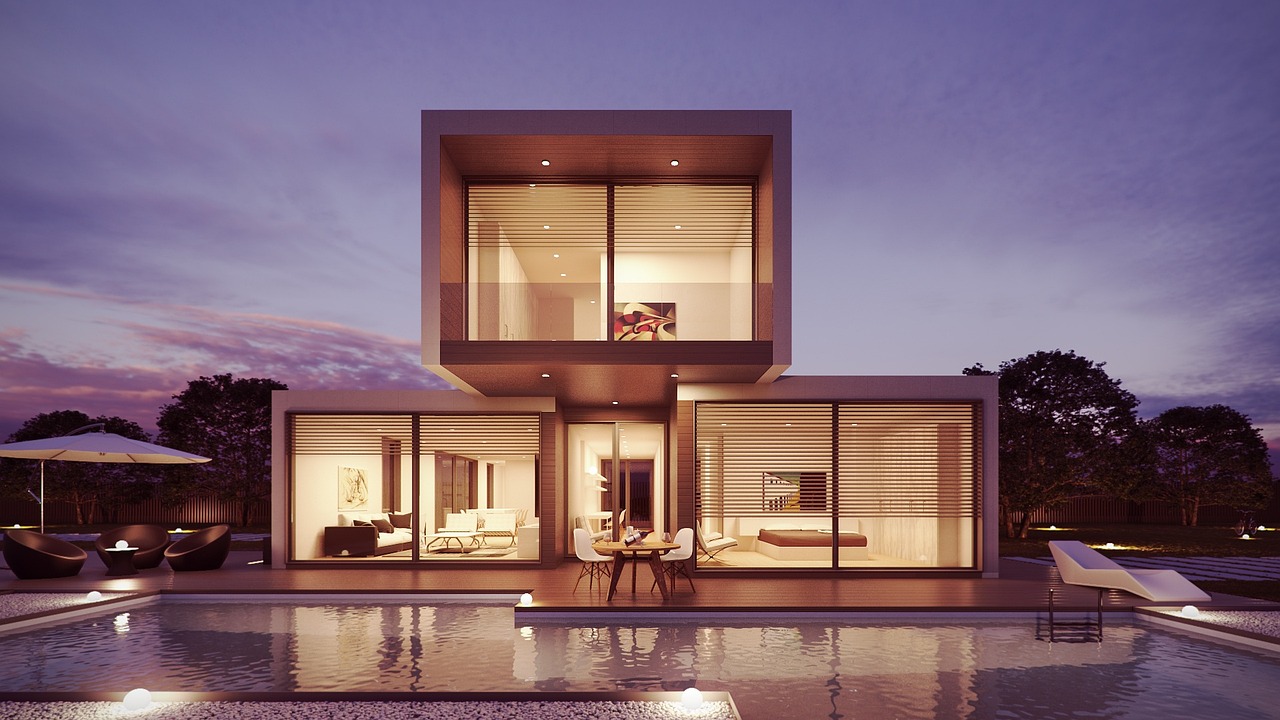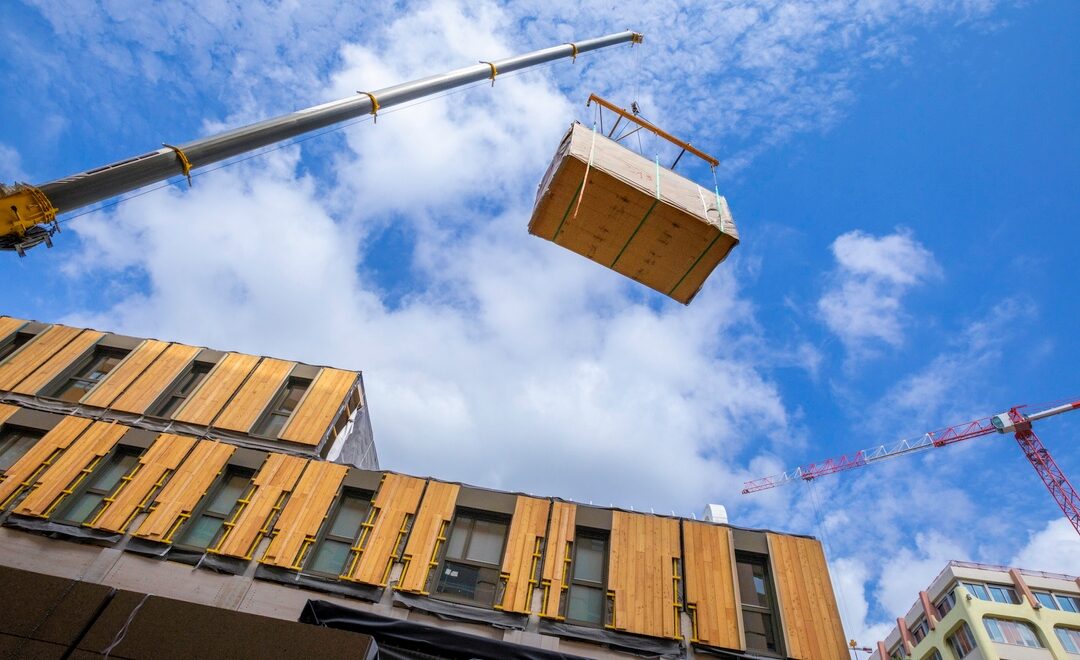Modular and prefabricated construction are innovative building methods revolutionizing traditional construction by offering faster timelines, cost savings, and a more sustainable approach. As urbanization and housing demand rise globally, these trends are gaining significant traction among developers, architects, and builders.
One of the key hurdles is regulatory compliance, as building codes were written before many of the modern forms of modular construction were developed. Prefabricated components often require adjustments to meet local standards, leading to increased costs and delays.
Another challenge is the perception of quality, with modular construction sometimes viewed as less durable or aesthetically pleasing. Logistics also pose a problem, as transporting large modules can be costly and complex, particularly in urban or remote areas.
Additionally, the industry faces a shortage of construction workers in general, let alone a workforce trained in modular production and assembly. Lastly, upfront costs for manufacturing facilities and technology are often higher than traditional construction, making financing difficult for some developers.

Despite these challenges, modular construction offers significant opportunities. Its ability to reduce construction timelines is a game-changer, enabling projects to be completed in half the time of traditional methods.
Sustainability is another major advantage, with controlled factory environments minimizing waste and promoting the use of eco-friendly materials. Modular construction also leads to cost savings through mass production and economies of scale, making it an attractive option for developers.
Additionally , advancements in technology are enhancing precision and efficiency.
By overcoming its challenges, modular construction can play a pivotal role in shaping the future of sustainable, scalable, and efficient building practices. It’s a trend to keep an eye on.


